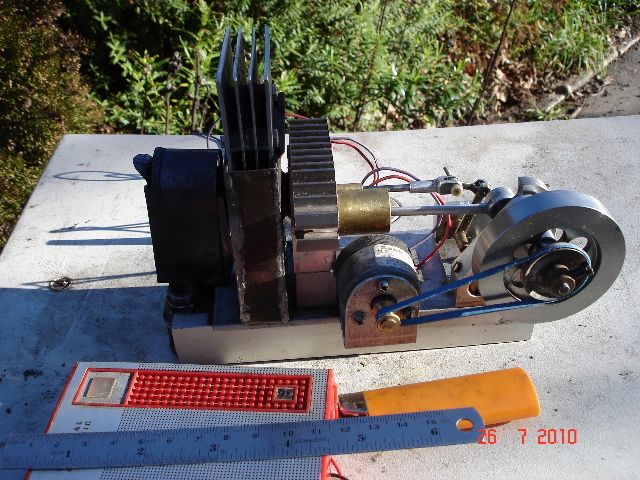540 Motor as a generator
540 Motor as a generator
- This topic has 18 replies, 10 voices, and was last updated 17 April 2020 at 20:52 by
 Jon Lawes.
Jon Lawes.
Viewing 19 posts - 1 through 19 (of 19 total)
Viewing 19 posts - 1 through 19 (of 19 total)
- Please log in to reply to this topic. Registering is free and easy using the links on the menu at the top of this page.
Latest Replies
Viewing 25 topics - 1 through 25 (of 25 total)
-
- Topic
- Voices
- Last Post
Viewing 25 topics - 1 through 25 (of 25 total)





